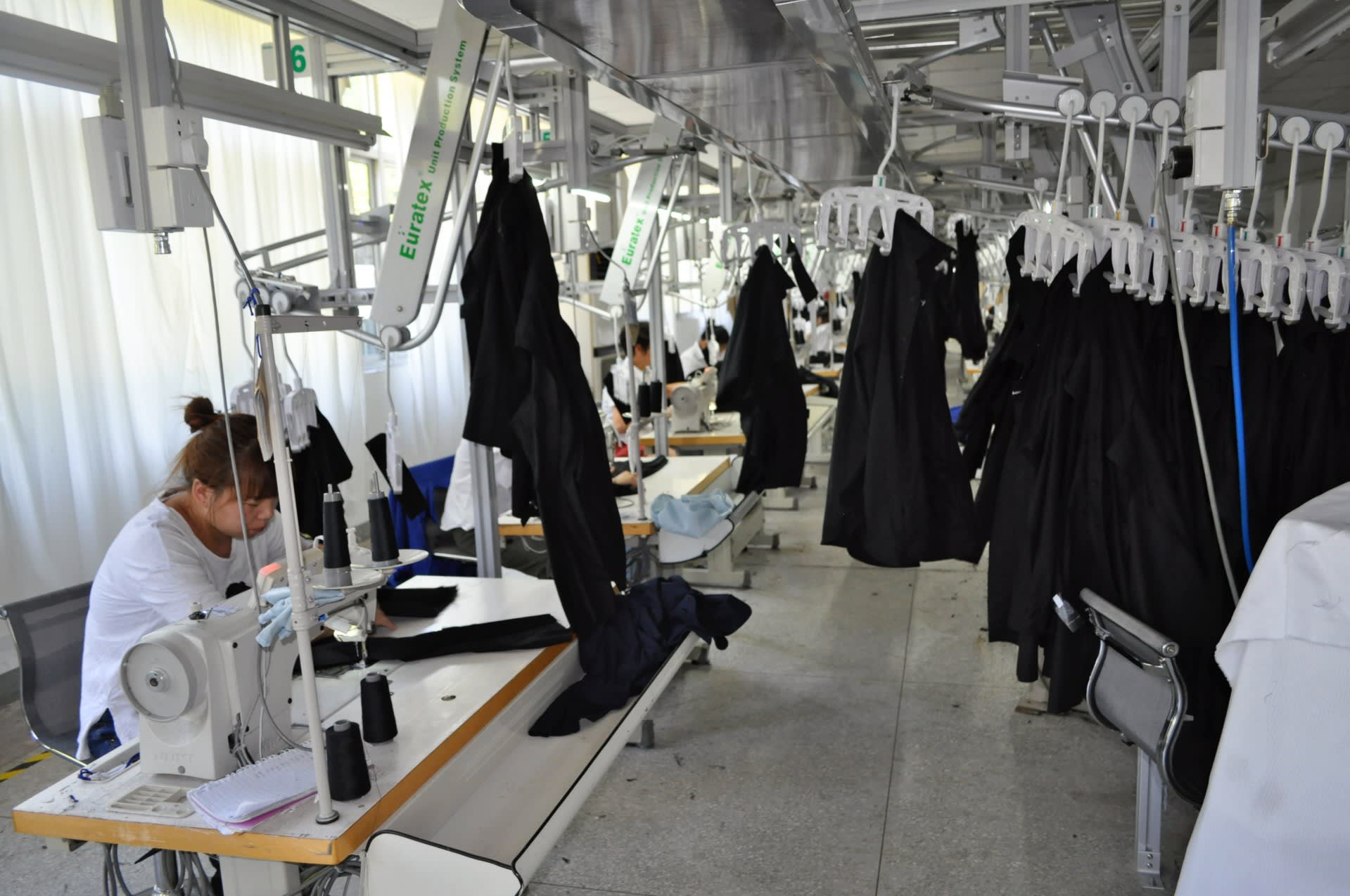Require to Get a Tiny Run of Clothing of Your Own Design and style Manufactured?
There are two kinds of orders a clothes manufacturer can manage: bulk order and tiny quantity order. best clothing producer in the sewing factory is extremely diverse.
1) Bulk order:
When the clothing manufacturer undertakes a bulk order, a big quantity order from medium to big size clients, the wholesale cost is low. The gross margin per unit created is fairly small, but it is offset by the substantial quantity manufactured. Big quantity order generally means: over 5000 pieces.
This kind of quantity allows for the setting of a production line. It often requires about one particular full day to organize the production line. This translates into physically moving the sewing machines so that they line up in a way that is handy for the particular clothing to be made. It needs expensive abilities, the skills of mid to top level production persons.
Right after this set up is performed, the chain works practically by itself with (less high-priced) labour expense involved. Two or 3 days into the production, the productivity increases because the sewers get employed to the new production line. When the productivity increases, the clothes manufacturer tends to make a profit whilst supplying garments at a pretty competitive price.
two) Small quantity order:
The other attainable situation for a clothes manufacturer is to take orders from smaller sized customers. The price per unit is unique (larger), as the organization involved is various. When taking a small quantity order of clothing, let’s say significantly less than 5000 pieces, the organization of a production line is useless. A group of 20 to 30 sewers will obtain the production of 5000 pieces in around a week or a lot more based on the clothing ordered.
Taking care of a little run of clothes makes the whole game of producing garments quite distinct for the clothes manufacturer:
– The clothes manufacturer can not waste a single day in organizing a production line, it takes additional time to do so than the time saved by the raise of productivity.
– Throughout the few days when this modest order is becoming developed by the sewers, the business is also preparing the subsequent order.
Translating the client file, sourcing, cutting, printing or embroideries all have to take place prior to sewing.
That’s why small orders are dealt with by a unique department in the clothing manufacturing firm. This department is generally made of very skilled managers and sewers who will engage all the expense vital to the bulk production of clothes, but these costs are spread more than a small quantity, hence the price per unit.

three) The suitable quantity for you:
If you are seeking to get a smaller run of your personal style manufactured, then the very best factor to do is to speak with a single of the consultants at Ellen Clothes Manufacturer. Your get in touch with will help you operate out what is the best quantity to order for your organization.
The ideal quantity for your organization is not necessarily the smallest 1. the suitable quantity could possibly also be smaller sized than what you have in thoughts. It all depends on a quantity of things: The style of the clothing and the targeted wholesale price tag. When discussing the size of your small run, other technical troubles such as sourcing, printing, dying or stone-washing must be taken in consideration as they can involve a fix fee.
Let’s take a easy example of a client hunting for a t-shirts manufacturer for a tiny run of t-shirts. The cost of dying fabric is around 200 usd. This cost is the identical whether the order is for 50 or 200 t-shirts, that is mainly because the expense is connected to the time made use of for dying which is the very same for 50 meters of fabric or 200 meters.
Other example: When a design and style manager draws the pattern for a garment, this requires from 1 to 2 hours depending on the style of clothe. The cost involved (the labour time of such a skilled worker) is not associated to the number of times the pattern will be made use of. Thus, it could make sense to spread such price over a slightly larger quantity, let’s say 200 garments rather of one hundred.
